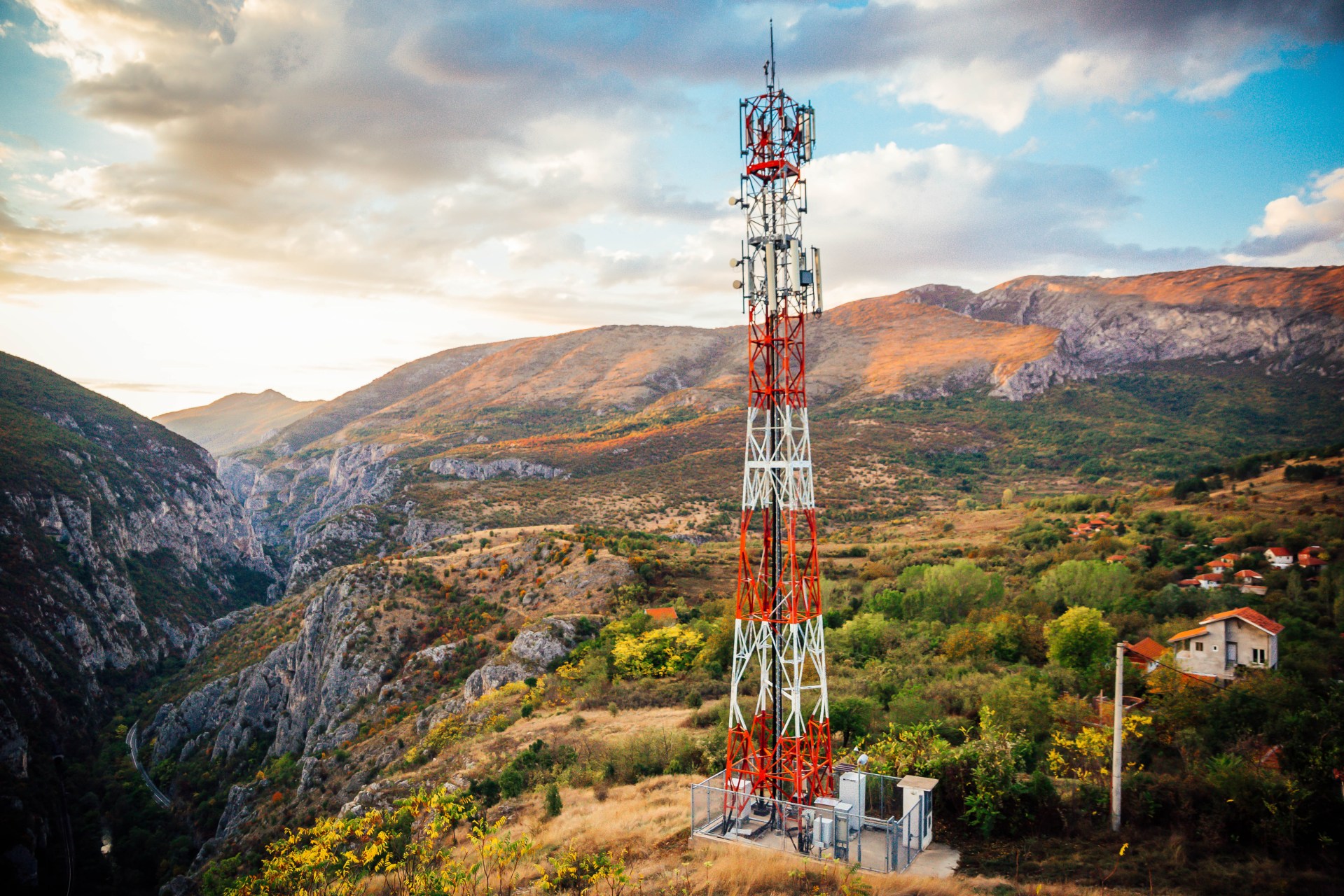
Edge data centers are essentially miniature versions of regular data centers. Their small size means that they can be placed much closer to the devices/users they serve. This means that data spends less time going to and from the processing facility. It is therefore processed more quickly. Here is a guide to what you need to know about edge data centers.
The simplest implementations of edge computing use edge devices to perform data processing. This approach makes for straightforward and, hence, relatively low-cost implementations of edge computing solutions. There are, however, distinct limitations on the amount of processing that can be done on edge devices alone.
That’s why technology companies have worked to develop more sophisticated alternatives. These tend to be more complicated, and hence expensive, to implement. They also tend to be more complicated, and hence expensive, to manage and run.
Using edge data centers is one of the most complicated and expensive ways of implementing edge computing. For larger organizations such as enterprises, however, the benefits can justify the investment.
Here are the main benefits of edge data centers as compared to basic edge computing implementations.
With simpler implementations of edge computing, you get the speed of local processing. You do not, however, get significant power. This means that as the volume of data goes up, you generally need to start using a regular cloud.
With edge data centers, by contrast, you can have the best of both worlds. You’ll still be processing data fairly locally. This means that you can expect minimum latency. What’s more, there is a strong chance that you’ll be able to process data over your local network. This puts you in full control over how traffic is managed.
At the same time, you’ll benefit from a much higher level of power than you could expect from regular edge devices. For clarity, the level of power will be lower than it would be at a full data center. This is, however, unlikely to be a significant issue. Firstly, you may not need that level of power. Secondly, you can always connect to a regular data center if necessary.
Since an edge data center is used for one, specific, purpose, it can be optimized for that purpose. Just as importantly, the infrastructure that supports it can be optimized to support its work.
For example, if you’re processing edge data traffic over your local network, you can prioritize it over other types of traffic. By contrast, if you send data over the internet, you have to take your chances with bandwidth and capacity.
Edge data centers may, technically, be less resilient than simpler implementations of edge computing. They are a single point of failure for edge data processing. On the other hand, using an edge data center arguably offers more resilience than standard cloud processing.
The fact that edge data centers are sited locally means that they will not be impacted by disruptions in the main data center. They can be impacted by local disruptions.
If, however, there was a significant local disruption, edge data processing would probably have to be suspended anyway. For example, if a building had to be evacuated, there would probably not be a need for edge data processing.
Edge data centers could be protected from minor disruptions by standard precautions. For example, they could have generators on standby in case of power cuts.
Very similar comments apply to the security of edge data centers. Edge data centers are arguably safer than both edge devices and regular data centers. They are centralized facilities for data processing. This means that security personnel only have to secure one area instead of several.
At the same time, they are remote from the main data center. This means they should not be impacted by any attacks on it. These attacks do not have to be successful to be disruptive. For example, they could simply slow down processing rather than lead to a data breach.
Likewise, using edge data centers can help to make edge processing a lot less complicated to manage. Instead of having to look after a plethora of (unstandardized) edge devices, staff just have to look after a single edge data center. This does add a little bit of extra work as compared to just looking after regular cloud processing. The difference is, however, much smaller.
Using an edge data center may be more sustainable than using either edge devices or cloud processing. It allows businesses to use lighter end devices with lower power needs. At the same time, it reduces, or eliminates, the need to transport data over the internet. This reduces the energy needed for the overall operation.


Discover the DataBank Difference today:
Hybrid infrastructure solutions with boundless edge reach and a human touch.